1. ✍️ Letter from P'Fella - 5 tremors in surgery (& how to reduce them)
2. 🤓 Study on Sunday - How to classify a flap
2. 🧐 Weekly Quiz Competition - Round 6!
4. 🎭 Upcoming Events - 17 upcoming events for you.
5. 🐣 Tweets of the Week - Intra-op videos, viral tweets, and more!
6. 🚀 New features - thePlasticsChat (request your access)
7. 📝 Articles of the Week - 3 important reads, 1 deep-dive.
✍️
A Letter from P'Fella
5 tremors in surgery (and how to reduce them)
Everyone has a tremor. Some are just better at hiding it.
But what causes it? A tremor has both emotional and physical components3. Here are 5 common types of tremors you might notice when operating
- Adrenaline-anxiety tremor (emotional)
- Exercise-induced tremor (physical)
- Caffeine-overload tremor (physical)
- Uncomfortable-position tremor (physical)
- Lack-of-sleep tremor (physical)
From an emotional perspective, it's mainly to do with stress and inexperience. The best way to overcome this is to prepare for the case. Be familiar with the patient, the technique, and the instruments. Watch videos before the operation and visualize the steps needed. Seeing the procedure several times can significantly relieve anxiety. The excitement of performing the case can lead to a natural adrenaline rush.
From a physical perspective, it's all about you. You should be optimized before going under the microscope. So how can you do that?
- Relax the body
- Make sure you have eaten (avoid the hypoglycemic shake!)
- Reduce the caffeine intake on the day of surgery
- Put your hands in a comfortable position (often resting on the patient!)1
- Sleep! Lack of sleep will increase your tremor!2
- Don't hold the instruments too tightly!
As you become more experienced, the tremor reduces. But when you hit a certain age that tremor can return (the downside of aging!)
🤓
Study on Sunday
Flap Classification
A flap can be classified or described by its tissue composition, vascularity, type of movement, and location in relation to the defect
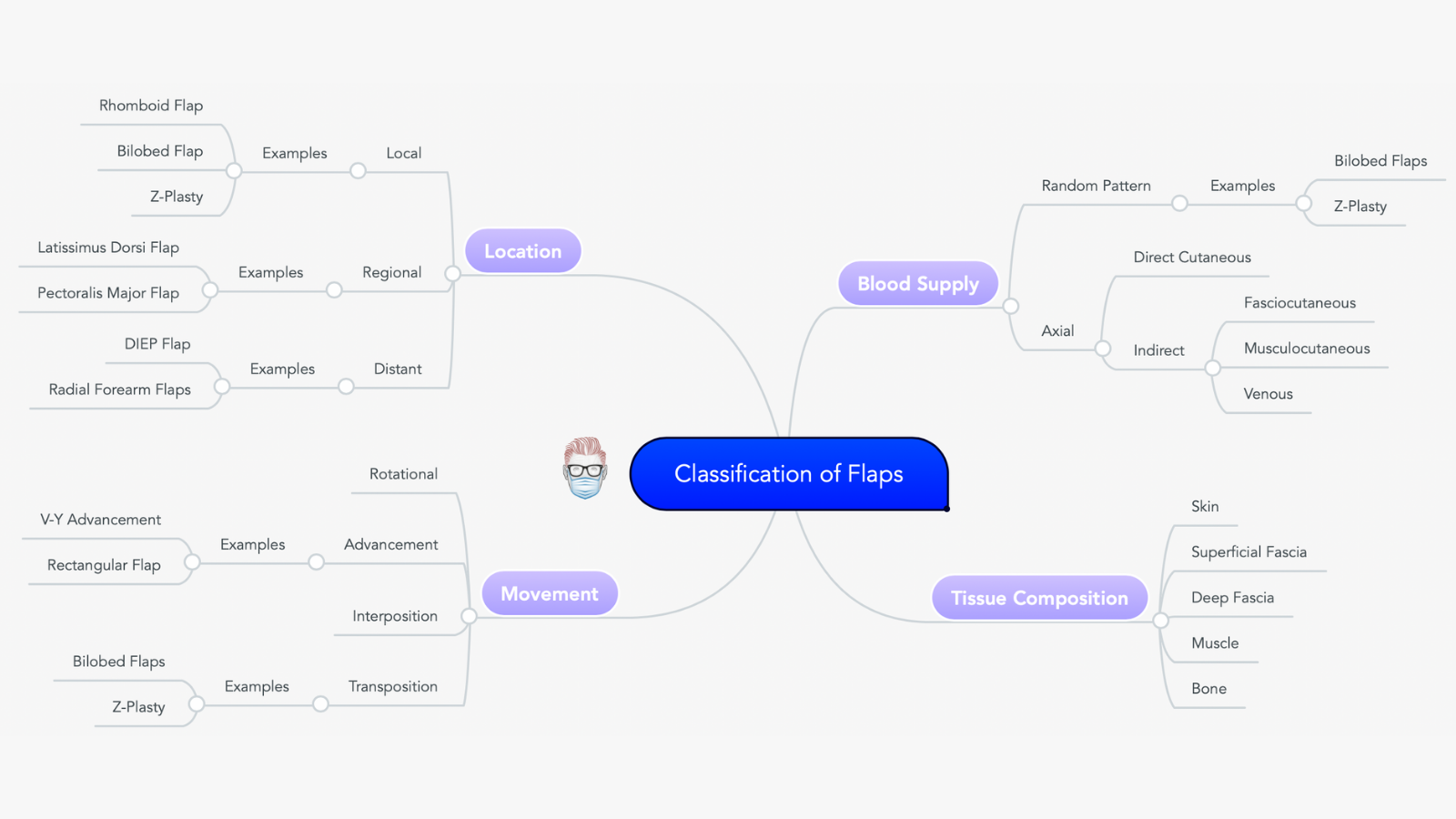
thePlasticsFella has created the "FLAPS MOVE" mnemonic to describe and classify a type of flap: form/composition, location, attachments, perfusion, special features, and movement of the flap. This memory hook is illustrated below in the diagram.
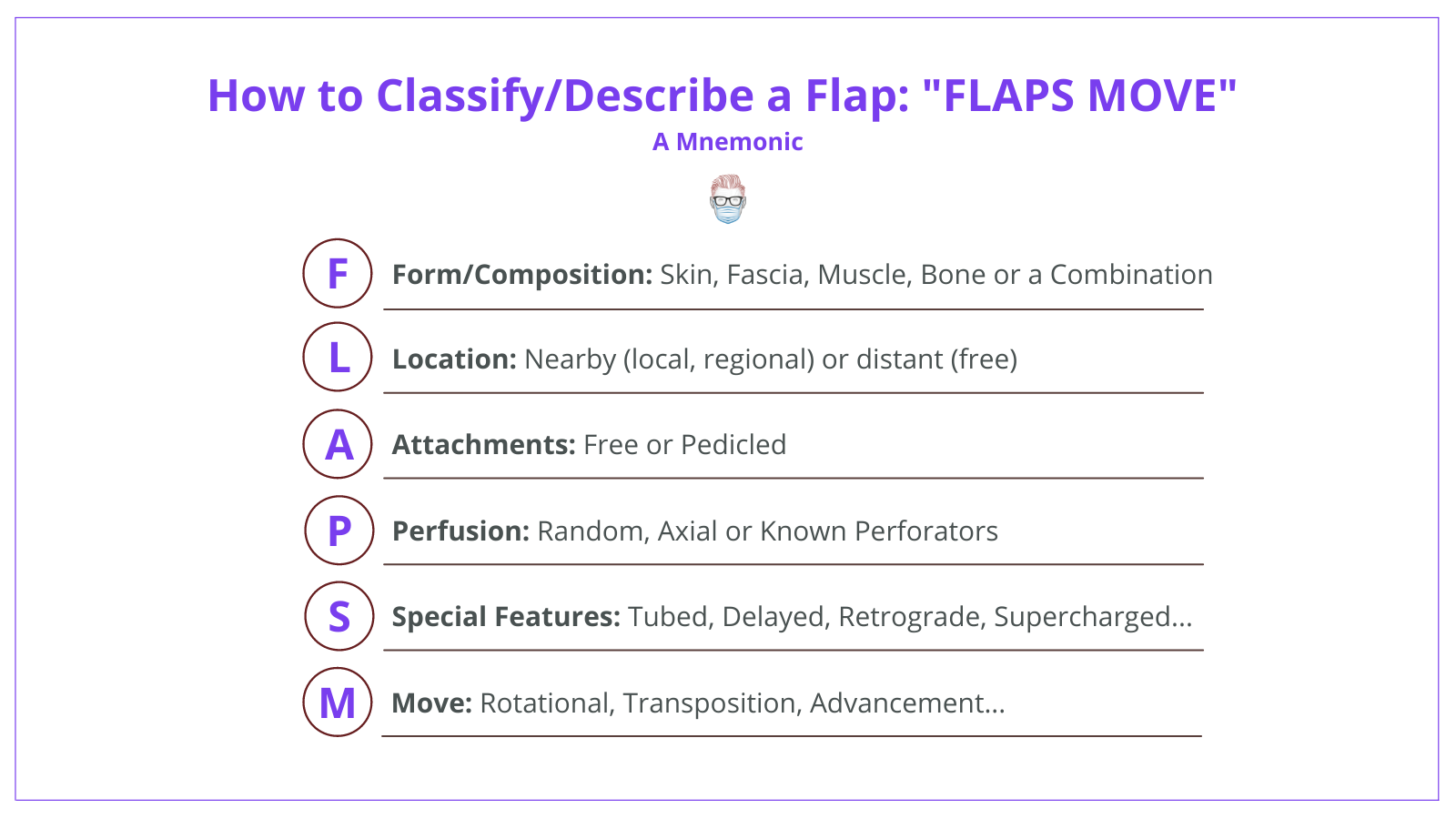
🧐
Weekly Quiz Competition
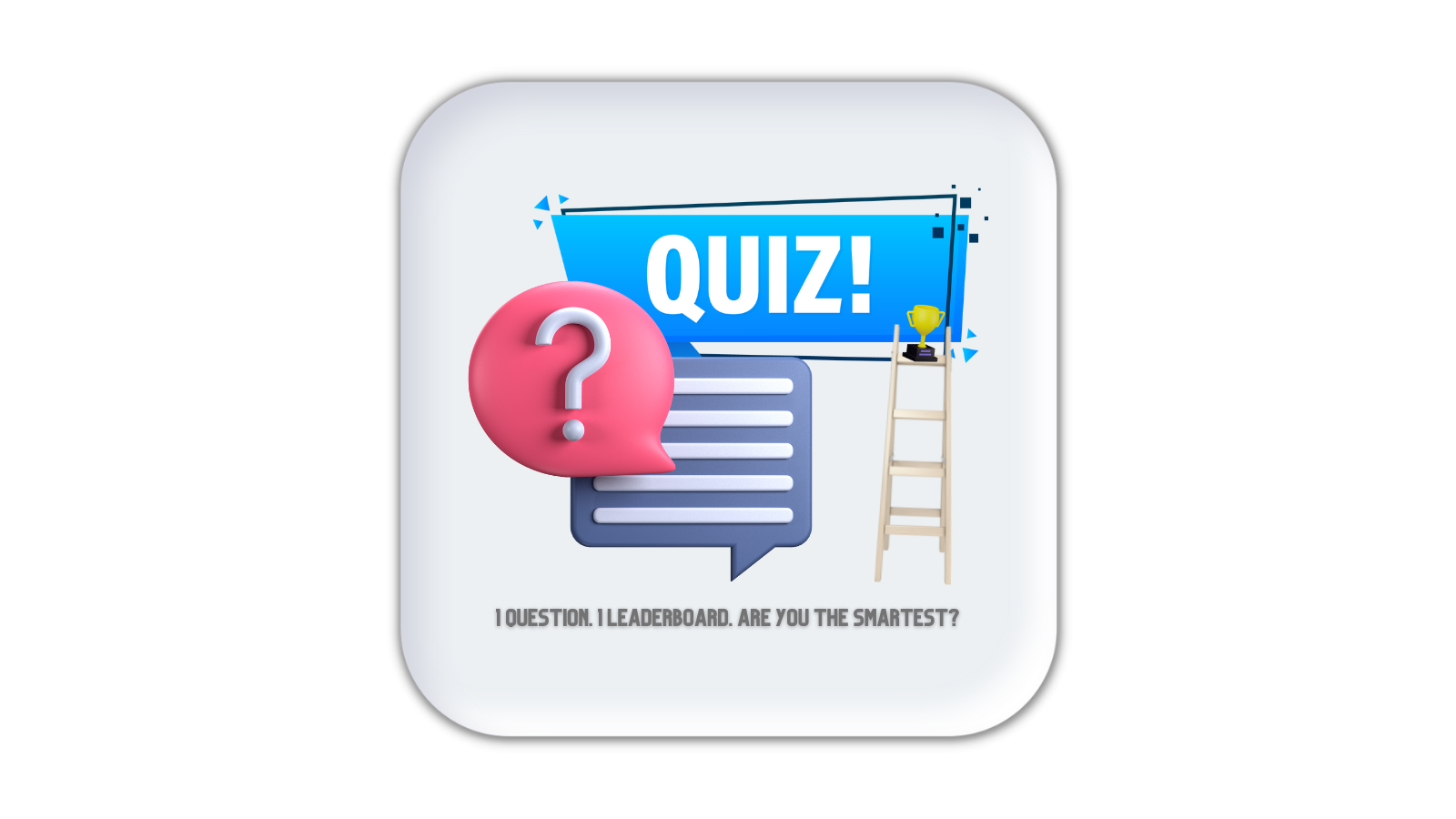
🎭
Upcoming Events
17 Webinars, Conferences, and Courses
- BAPRAS Sarcoma Teaching - Virtual, April 11th.
- IFSSH Combined Conference - London, April 2022.
- AAPS Centennial Meeting - San Diego, April 2022.
- BAPRAS AEC Trunk Reconstruction - April 2022.
- BAAPS Masterclass in Aesthetic Practice - London, May 2022.
- RACS 90th Annual Scientific Conference - Brisbane, May 2022.
- British Burns Association Annual Meeting - Bristol, May 2022.
- Australian ASPS Congress - Goldcoast, June 2022
- Aesthetics In-Service Exam - Virtual, June 2022.
- ISAPS World Congress - Istanbul, July 2022
- ICCPCA Cleft Congress - Edinburgh, July 2022
- ASSH Annual Meeting - Boston, September 2022.
- BAAPS Annual Conference 2022 - London, September 2022.
- European Society of Craniofacial Surgery - Oxford, September 2022.
- BARPAS Celtic Meeting - Dunblane, Scotland September 2022
- Plastic Surgery, The Meeting - Boston, October 2022.
- AEC Limb Reconstruction - Virtual, October 2022
🐣
Tweets of the Week
During one of my residency interviews I was asked what surgical instrument I’d be and I said the SUCTION because it’s loud & kind of annoying and is sometimes helpful but mostly just in the way.
— Rebecca Matthews (@rpm709) April 7, 2022
Muchas preguntas sobre Sd compartimental de esfuerzo (crónico) de antebrazo
— Dr. Sergi Barrera Ochoa (@DrBarreraochoa) April 8, 2022
▪️Aquí tenéis el antes y el después
▪️Antes: fascia rígida, no distensible que es el origen de la patología
▪️Después: exeresis fascial con correcto movimiento y coloración muscular pic.twitter.com/BZQB9fpL8C
هذه مجموعة كبيرة عملتها لأغلب المجلات الطبية بتخصص جراحة التجميل و الترميم مع تفاصيلها 📝:
— Hatan Mortada (@HatanMortada) April 6, 2022
- التخصص الدقيق (جراحة يد، حروق، الخ.. )
- المدة المستغرقة حتى الرد الأولي.
- معدل القبول.
- صعوبة قبول البحث.
- رسوم النشر.
- عامل التأثير.
اللهم إجعله علمًا نافع ينتفع به 🤍 pic.twitter.com/inGSkm6dxJ
🚀
New Feature
thePlasticsChat
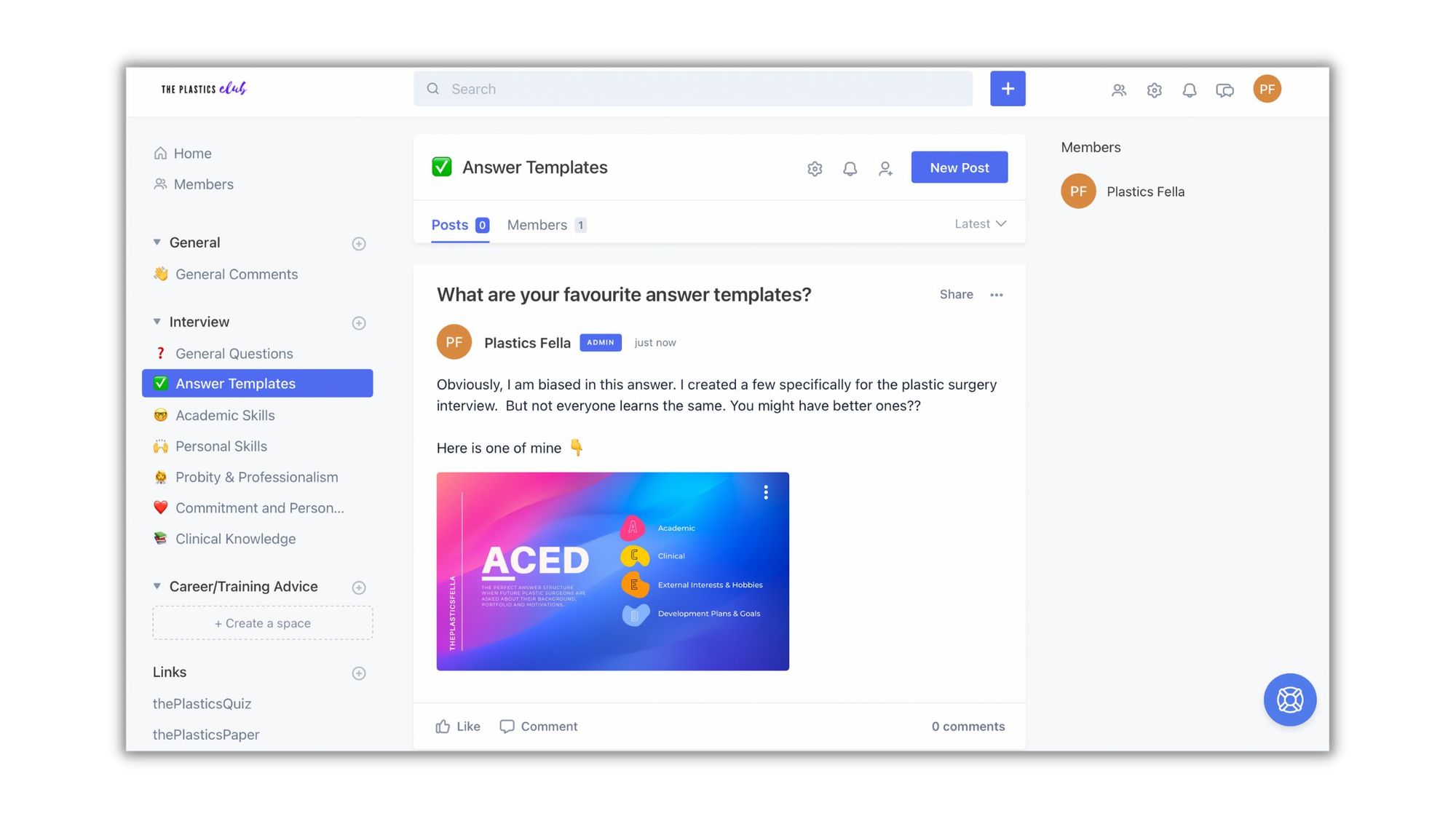
thePlasticsChat is now out of alpha-testing. You can request to join the beta program.
What is it? Essentially, it's a way a new way to learn and network in the plastic surgery community. Chat amongst your peers, share your opinions, and give advice.
📝
Articles of the Week
Important Reads
- Revisited Arterial Supply of the Anterior Ear: Young Soo et al. Annals of Plastic Surgery: April 2022 - Volume 88 - Issue 4 - p 446-450
- A randomized placebo-controlled clinical trial on the efficacy of local lidocaine injections and oral citalopram for the treatment of complex regional pain syndrome: Fallico et al, JPRAS, November 13, 2021
- Facial Palsy and Reconstruction: Adel et al, Plastic and Reconstructive Surgery: February 2012 - Volume 129 - Issue 2 - p 340e-352e (CME)
Deep Dive (thePlasticsPro)
Chest Wall Reconstruction: 500 consecutive patients. Arnold et al, Mayo Clinic, Minnesota, USA, October 1996. PRS Journal
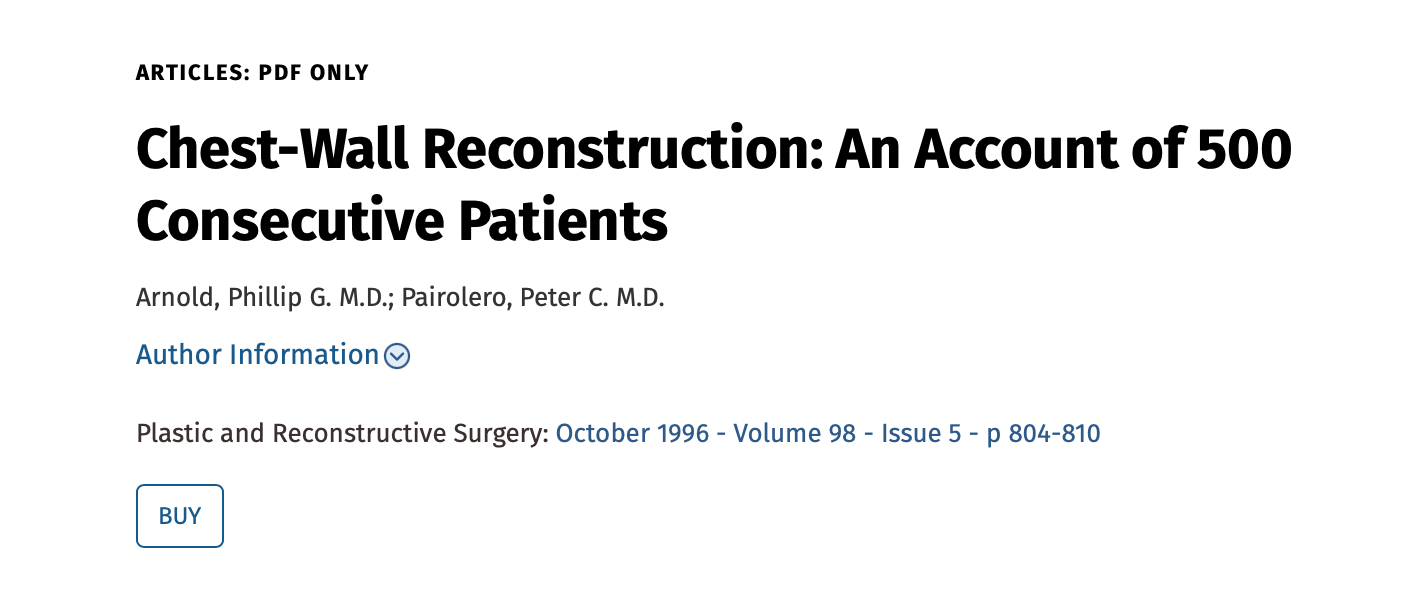
This is for thePlasticsPro
Join the Club to enjoy unlimited access to all of thePlasticsFella.
Join the Club

